You’re all ready to go back to work. (Well, as ready as you can be.) You’ve toured your baby’s daycare. You’ve negotiated your pumping breaks with your boss. And after about twenty tries, you’ve finally figured out which bottles your baby prefers.
But how much milk will you need to fill up those bottles?
The answer, of course, is that it depends. On what?
Packing your baby’s lunch for daycare is different from packing a lunch for a grade-schooler or yourself. That’s because babies have a much different meal schedule than the rest of us. (Although we’re still a big fan of snacks over here, don’t get us wrong!)
Because babies have small tummies, they need to eat frequently to keep growing. Depending on how old your baby is when they start daycare, you’ll need to provide enough milk to feed them every 2-3 hours.
Babies over 6 months of age who have started solids might need less breast milk, depending on how well they eat solids.
If you find you’re not responding well to the pump or if your baby is particular about taking a bottle, that doesn’t mean you need to give up on exclusively breastfeeding. Here are some tips to help you manage:
All of this will keep your baby fed and happy and your milk supply strong.
Some daycares are fine with you sending clean bottles and bags of breast milk, but many others prefer that you prep the bottles yourself. And many parents prefer this as well, as it provides extra peace of mind that your breast milk is being handled correctly.
Also, consider sending milk in smaller bottle sizes, such as two- or three-ounce bottles. This reduces the amount of leftover milk. Worried about not sending enough? Small bottles also make it easy to pack an extra snack — little one-ounce bottles are great for this — for your baby to enjoy during growth spurts.
Labeling is also important. Obviously, you’ll want to put your baby’s name on the bottle, but you can also add when your baby should get the bottle and any other feeding instructions.
Packing up your breast milk in a cooler bag will also make transporting it easier. There are lots of great options on the market. That being said, if you have a short commute, putting them in a ziplock bag with an ice pack also works great.
If you’ve formula fed a baby before, you’re used to increasing the amount of formula a baby receives as they get older. But a fun fact about breastfeeding is that the quantity of milk a breastfed baby needs doesn’t increase by much as they get older.
Yes, you read that correctly! Even as they get older, the amount of breast milk your baby needs doesn’t increase. This is because your breast milk constantly adapts to meet your baby’s needs. Not just immune system needs, but nutritional needs as well.
For parents providing breast milk for their babies at daycare, don’t be surprised if you come across a caregiver who hasn’t had much experience feeding breast milk.
For example, caregivers who are used to giving babies larger bottles of formula — say, in the six or eight-ounce range — they might question you leaving smaller amounts of breast milk. You can reassure them that your baby is receiving the right amount of milk for their growth, though.
Some parents report that their caregivers tell them that their baby takes all the milk and that they need to provide more. While this may be possible, first check to see if they are using paced bottle feeding. The standard approach to bottle feeding often leads babies to take in much more milk than they actually need. Paced bottle feeding, on the other hand, mimics the experience of breastfeeding, so your baby doesn’t overeat.
Is “paced bottle feeding” not in your or your caregiver’s vocabulary? That’s fine — it’s a technique that anyone can learn. A Nest IBCLC can help you learn paced bottle feeding, volume size, and other ways to make bottle feeding breast milk better for your baby.
Your baby will inevitably go through growth spurts. If your baby is finishing all their milk and is unsatisfied — and you’ve checked with the caregiver about paced bottle feeding — then your baby may be experiencing one. When this happens, pack an extra bottle or two for your baby.
Word to the wise, this may mean extra pumping. During a growth spurt, babies tend to cluster feed to increase milk supply and fuel their growth. Power pumping can mimic this to ensure supply is meeting demand.
We know it’s hard to start back to work after having a baby. Adding breastfeeding to the list of things to stay on top of can feel overwhelming. But you’ve got this!
This is one of the most important things you can do to support your baby and your breastfeeding journey. You’ve already got enough on your plate — do you really want to add dealing with misinformed daycare staff or caregivers?
So be upfront with them about your breastfeeding goals. Don’t be afraid to ask lots of questions. If they’re experienced, they’ll have answers at the ready to questions like:
Note: We know that it’s not always possible to find a caregiver that ticks all your boxes. If you’ve found one that you otherwise love, consider talking to them about breastfeeding and sharing resources with them. Sometimes a little education is all it takes.
Starting something new is intimidating, but the more you practice it, the easier it gets. To make breastfeeding, daycare, and going back to work a little easier, try to start practicing in advance.
By that, we mean getting familiar with your pump. Start practicing using it a few weeks before you go back to work. Start pumping to build up a small stash. Get your back-to-work breastfeeding supplies in order. If your baby isn’t used to bottles yet, have your partner or another caregiver take your baby for a couple of hours so they can practice feeding from a bottle.
You’ll get the gist of it. Don’t wait until the day before you start back to work to figure these things out.
Going back to work and going to daycare are both significant adjustments for you and your baby. Don’t be surprised if you find yourself nursing your baby more often in the evenings and early mornings.
This is known as reverse cycling, and it’s when a baby nurses frequently at night and less during the day. While more common with babies who are just learning how to feed from a bottle, it can be a legitimate preference for other babies. These babies may take just enough milk to avoid being hungry during the day, holding off until their parent returns to take the majority of their milk.
There’s nothing wrong, per se, with reverse cycling. Some parents prefer it, as they don’t have to pump quite as much milk, and they enjoy the bonding time. Others find it stressful when it interferes with sleep patterns. In those cases, working with a lactation consultant can help a parent figure out the right balance between nursing and pumping for their families.
We know it’s tough making the transition back to work. We’re here to answer questions and help you come up with the best plan for your needs. Book a convenient online video appointment with a Nest Collaborative IBCLC today.
